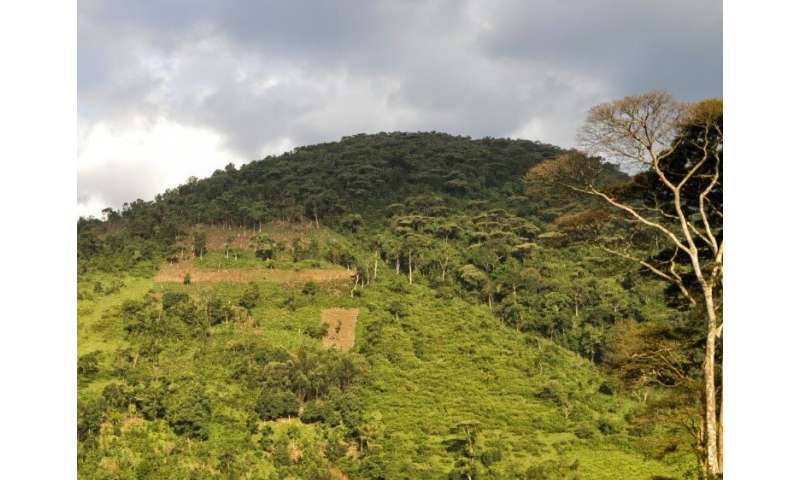#Satellite images reveal land productivity changes in protected areas worldwide
“#Satellite images reveal land productivity changes in protected areas worldwide”

Satellite observations suggest that protected areas may help conserve stable levels of land productivity. However, productivity has dropped or risen in nearly half of the total land under protection worldwide, pointing to potentially detrimental factors. Begoña de la Fuente of Universidad Politécnica de Madrid, Spain, and colleagues from the Joint Research Centre of the European Commission, Italy, present these findings in the open-access journal PLOS ONE on August 5, 2020.
Land productivity refers to changes in the amount of observed above-ground biomass, typically plant cover (a concept related to agricultural production). A reduction or increase in land productivity can be an indicator of harm to an ecosystem, making it an important metric in monitoring the success of conservation efforts.
For this study, De la Fuente and colleagues used satellite images to analyze land productivity in protected areas established to promote conservation—such as national parks or areas that permit sustainable use of natural resources. The analysis captured all protected areas of at least 10 square kilometers worldwide, as well as 10-kilometer buffer zones around each protected area, from 1999 to 2013.
The researchers found that, over the 15-year study period, stable levels of land productivity were maintained in 44 percent of the protected land areas and in 42 percent of the unprotected buffer areas. While increases in productivity were more prevalent in unprotected buffers, almost half of the protected land underwent increases or decreases in productivity. Different types of protected areas showed different trends in land productivity. Geographic location was also a factor; for example, Oceania was the continent with the highest percentage of protected land with stable productivity (57 percent), while Europe had the lowest (38 percent).
The authors report that these findings are a first step towards deeper understanding of the success of establishing protected areas. In some cases, decreases or increases in productivity could indicate detrimental factors, such as climate change or intensive agriculture that could result in land degradation. Future research could disentangle these processes and their effects in different parts of the world.
Corresponding author Grégoire Dubois adds: “Globally, almost half of the land under protection has experienced changes in productivity over the last 15 years.
Protected areas with sustainable use of natural resources show higher percentage of land with stable productivity.”
More information:
de la Fuente B, Weynants M, Bertzky B, Delli G, Mandrici A, Garcia Bendito E, et al. (2020) Land productivity dynamics in and around protected areas globally from 1999 to 2013. PLoS ONE 15(8): e0224958. doi.org/10.1371/journal.pone.0224958
Satellite images reveal land productivity changes in protected areas worldwide (2020, August 5)
retrieved 5 August 2020
from https://phys.org/news/2020-08-satellite-images-reveal-productivity-areas.html
This document is subject to copyright. Apart from any fair dealing for the purpose of private study or research, no
part may be reproduced without the written permission. The content is provided for information purposes only.
If you want to read more Like this articles, you can visit our Science category.
if you want to watch Movies or Tv Shows go to Dizi.BuradaBiliyorum.Com for forums sites go to Forum.BuradaBiliyorum.Com




